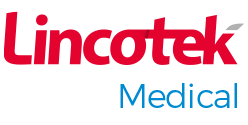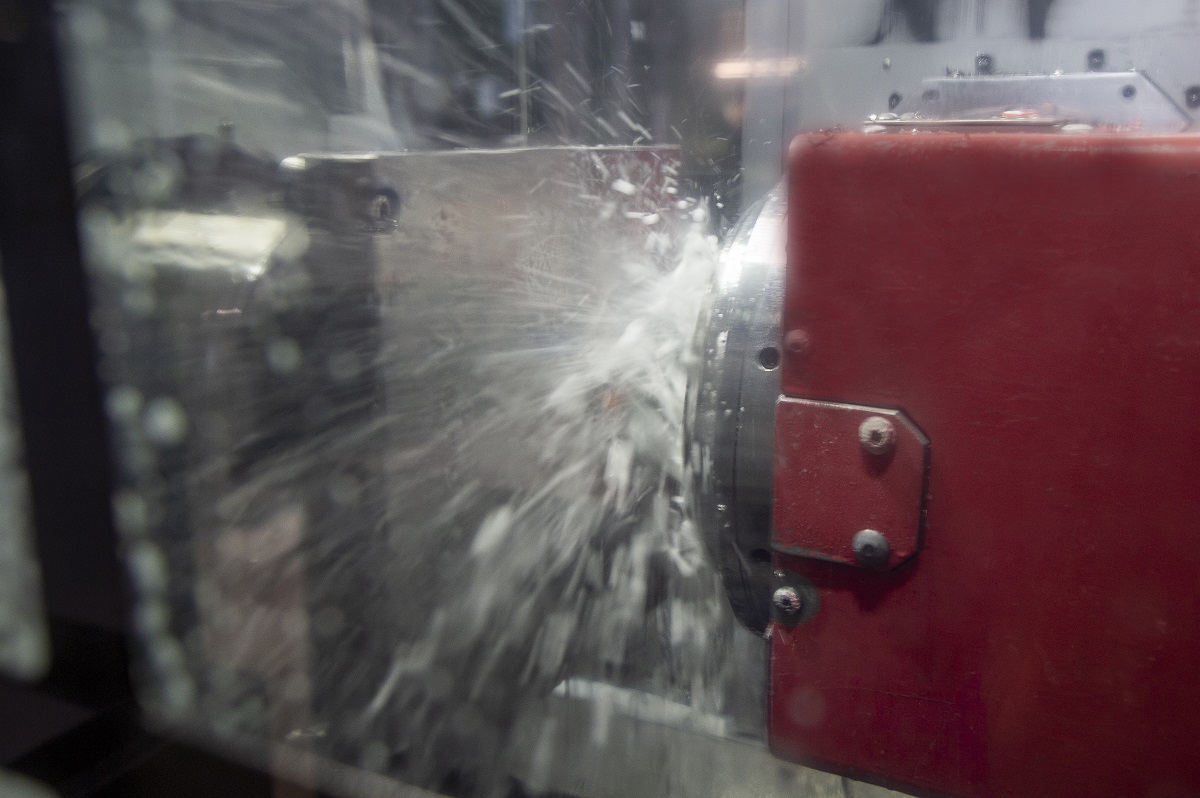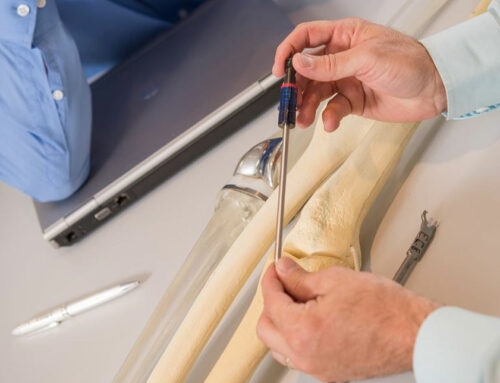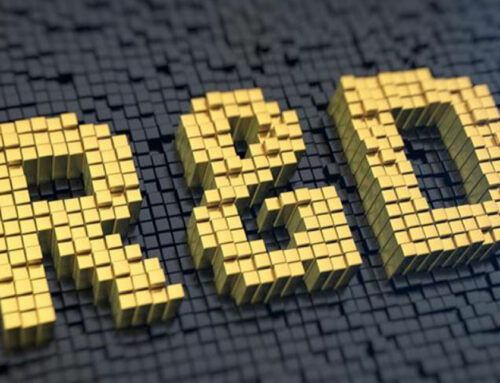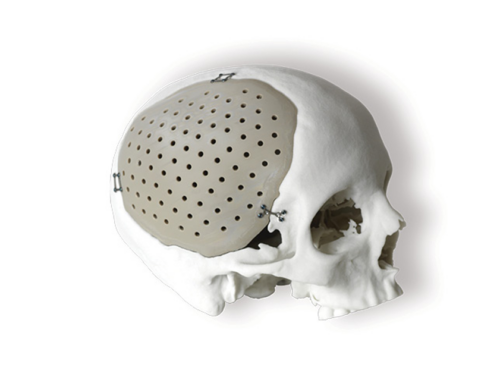Dave Davie, our Production Manager at Lincotek Medical in Dayton, Ohio and Enrico Sandrini, General Manager in Bologna, Italy discuss increasing automation, the potential of the Internet of Things and the demands of OEMs.
December 7, 2020
The world of medicine has changed dramatically over time as the needs of patients and surgeons have evolved. Anyone seeking care has higher expectations for a long, active life. And surgeons need better devices to meet those expectations.
Machining is moving with the times too. Different technologies are being integrated into one CNC, providing solutions to complex shapes. Eventually additive technology will be integrated too, but for now, machining shops rely on sister additive shops to meet the needs of the market.
Machine monitoring is an important part of the modern process. Essentially, we’re talking about PC software that connects factory machines by collecting information and making it visible. Not only can it send messages to CNCs, but also other peripheral devices such as PLCs. It plays its part in making a machine IoT-ready and allows for the collection of data through various sensors.
Where do we see big changes?
Major transformation has arrived through process automation, integration and control, as well as speed and precision mixing, lathing, milling, drilling and 3D printing. The future? Traditional machinists giving way to a new generation of specialists who are close to the engineering process. People with superb metallurgical, mechanical and IoT know-how, managing increasingly complex CNCs to create ever-more complex devices.
Understanding the requirements of OEMs
OEMs are looking for process consistency at the right cost. At the same time, they are expecting more and more complex geometry for surgical scenarios where usability, endurance and weight are critical. After all, the satisfaction of surgeons increases when they can perform a greater number of surgeries to a high standard in a shorter time.
Modern CNC technology
CNCs today are not only quicker in terms of execution, but they are also more precise and easier to program and validate. You have a cost-effective process, which you’re able to keep under control. And that means higher production capacity, better quality products and the possibility – in conjunction with additive technology – to create what was once only a dream from the perspective of designers and surgeons.
